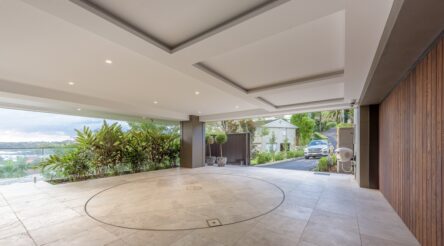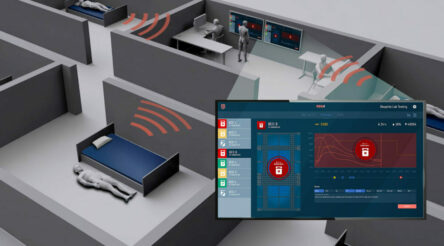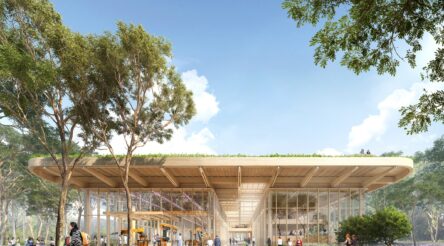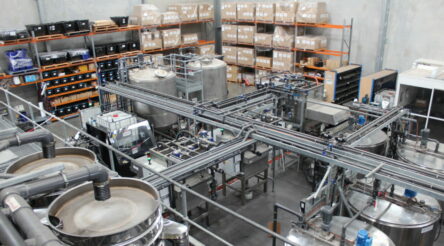The ideal stretching routine
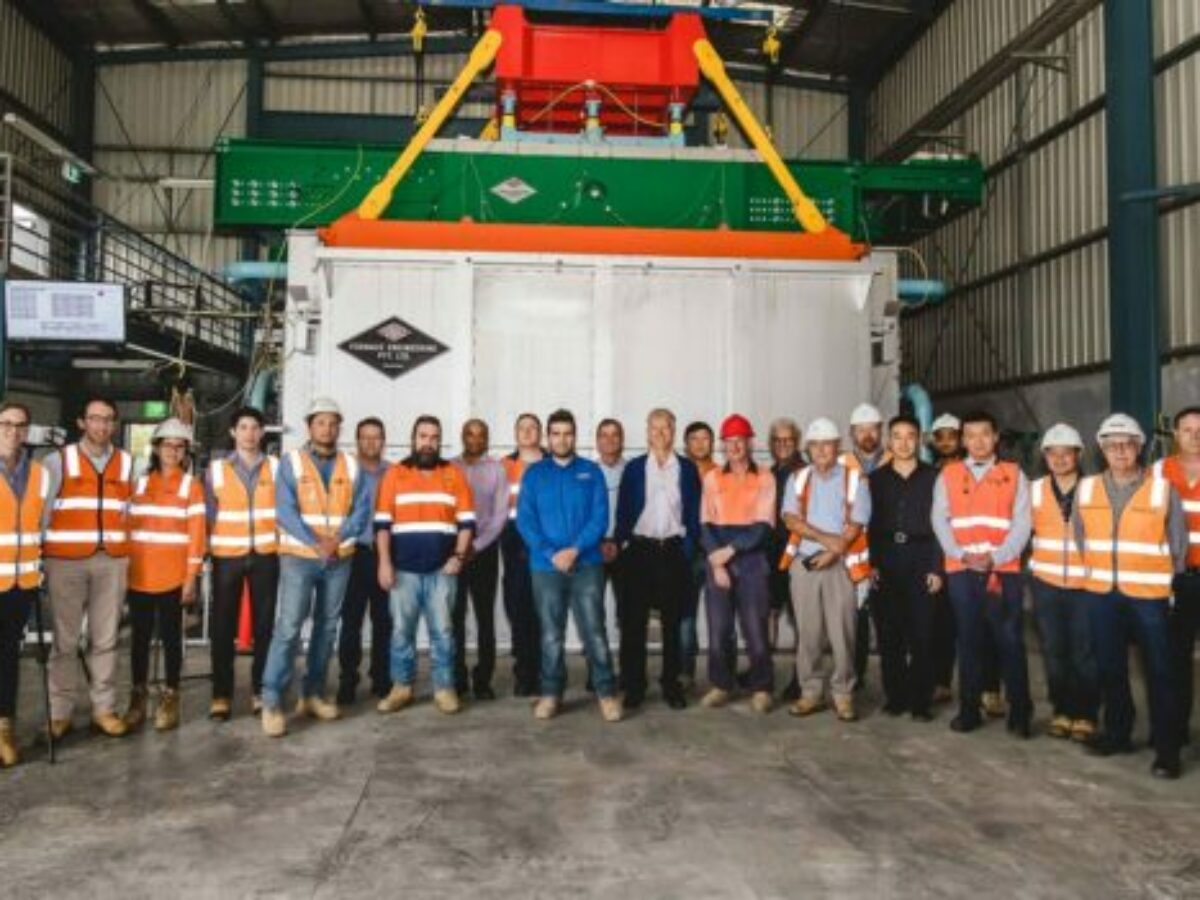
@AuManufacturing’s mission to identify Australia’s 50 most innovative manufacturers continues with this profile of Furnace Engineering. Brent Balinski speaks to Managing Director Richard Simpson about quiet achievement and adaptation.
Furnace Engineering is a bona fide manufacturer’s manufacturer. Besides having manufacturers as the core customers for their custom-made ovens and furnaces, it would probably be unusual if somebody outside of the industry had heard of them.
Though their clients include a who’s who of industrial leaders – thermal processing is used for everything from mineral extraction to strengthening metals to electronics – the Notting Hill-based engineering company doesn’t make a thing about it.
As with certain other high-performing business-to-business manufacturers, discretion is an important part of the job. It might be an occasional frustration from a marketing point of view, but that’s that.
“If we jump out there and [are] willing to talk about everyone’s processes, whether they’ve given us permission or not, it’s probably not culturally aligned with what a lot of our customers would expect,” Furnace Engineering’s Managing Director, Richard Simpson, tells @AuManufacturing.
“It’s become the default setting… Culturally we’re comfortable with the idea that people will be able to see from what we do that they don’t need to know who we do it for.”
The company employs between 60 and 80, depending on business conditions. At a headcount of 80, there would be about 30 engineers and 30 production workers.
Every piece of equipment it makes is customised. A running joke, shares Simpson, occurs with each bit of repeat business.
“The guys will tell me, ‘we succeeded in getting another repeat of that project.’ And I’ll wait,” he says.
“And they’ll say, ‘Except for…’ And then begins usually a reasonable length list of different features that are required for our customers.”
Simpson’s father Bob started Furnace 55 years ago after a career in manufacturing, engineering and consulting. Unsurprisingly, there have been various periods of adaptation along the way.
Simpson joined in 1994 after beginning his career at Ford, working in engineering design and project management, then sales, then taking over management of the firm in 2000.
At about that time, two significant shifts were underway, both linked to globalisation.
Firstly, the car industry was under “constant threat” and Furnace needed to diversify into other markets.
Secondly, a licensing model had been successful for a long time, but the world was shrinking and it became more desirable for companies to deal with – and manufacture for – their international customers directly.
“So we found ourselves in a position of having to parlay our experience and knowhow into products that we developed ourselves,” adds Simpson.
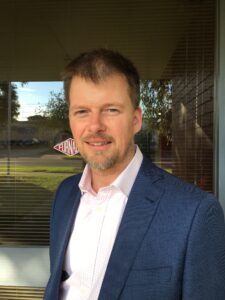
“The question is making sure that we’ve got the ability to really provide the focus that is required on those innovative projects and not try and do too many at once.” says Richard Simpson.
“And we managed to successfully do that and make that transition away from dependency on foreign technology to being, by and large, a company that makes its own designs and builds its own equipment to those designs.”
The carbon fibre side of Furnace’s business has grown up alongside that industry in Australia, particularly around Geelong. An award-winning project involved work on the pilot line for the Carbon Nexus facility, located at Deakin University’s Waurn Ponds campus.
Though it’s a sector that – with a high representation of aerospace companies – has slowed in the Covid era, it still presents opportunities to progress as a company.
A recent project in collaboration with Deakin University developed a new cyclisation furnace. This brought lab research on more energy-efficient carbonisation of precursor material further into technological maturity, with a small-scale production furnace delivered and Simpson’s company awarded a related patent.
It’s an example of a stretch innovation project. Furnace aims to complete at least one such project a year, though to not spread itself so thinly that it can’t do its best work.
Innovation for the company is described in terms of newness plus an appropriate amount of stretching.
“We see innovation as really being rooted in the need for something which doesn’t currently exist in terms of a solution or a piece of equipment or a product. And drawing on the skillset that we have and the appetite to stretch ourselves slightly outside of our expertise, but not too far out of our expertise,” explains Simpson.
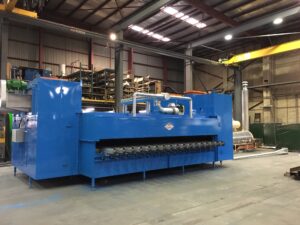
“I think that the desire to do innovative work has been there within the team for all the time that I can remember.
“The question is making sure that we’ve got the ability to really provide the focus that is required on those innovative projects and not try and do too many at once…; [to] be distracted by too many things which require a high level of attention because you’re stepping slightly outside of your normal activity.”
In this episode of @AuManufacturing Conversations with Brent Balinski, Simpson shares more about the company’s approach to innovation, their place within the advanced manufacturing ecosystem in Australia, their recent work with Deakin, and more.
Episode guide
1:17 – An introduction to Furnace Engineering.
1:50 – A history going back to the late-1960s and Simpson’s father.
2:30 – Simpson begins his career as an engineer at Ford, before starting at Furnace and later taking over the business from his father in 2000. Diversifying the company away from the automotive industry and from a licencing model.
4:44 – The difference between an oven and a furnace.
5:18 – “Every piece of equipment is customised.”
6:20 – The importance of export sales, which began in earnest in the 1990s.
8:48 – The makeup of the company, which employs between 60 and 80 depending on demand.
10:27 – The importance of undertaking stimulating projects while being discreet about them.
13:24 – Furnace’s role in the emergence of a carbon fibre industry in Australia, particularly around Deakin University.
15:30 – Continuing with carbon fibre and its role in manufacturing locally.
17:32 – How innovation is understood and pursued at the company: novel solutions plus an appropriate amount of stretching.
18:48 – More on the right amount of stretching.
20:39 – An important recent project with Deakin on a new, more energy-efficient process for making carbon fibre. A two-stage prototyping process, “a really interesting exercise” and a new patent for the team.
24:03 – One of the problem areas regarding collaboration with research institutions.
24:52 – There’s a lot of lip-service paid to the importance of manufacturing by governments.
Pictures: supplied
 Australia’s 50 Most Innovative Manufacturers is a new campaign by @AuManufacturing. It has been made possible by the generous support of MYOB, SMC Corporation Australia, and Bosch Australia Manufacturing Solutions. Be sure to check back at this website for regular updates including profiles of nominees and other information.
Australia’s 50 Most Innovative Manufacturers is a new campaign by @AuManufacturing. It has been made possible by the generous support of MYOB, SMC Corporation Australia, and Bosch Australia Manufacturing Solutions. Be sure to check back at this website for regular updates including profiles of nominees and other information.
@aumanufacturing Sections
Analysis and Commentary Awards Defence Manufacturing News Podcast Technology Videos







